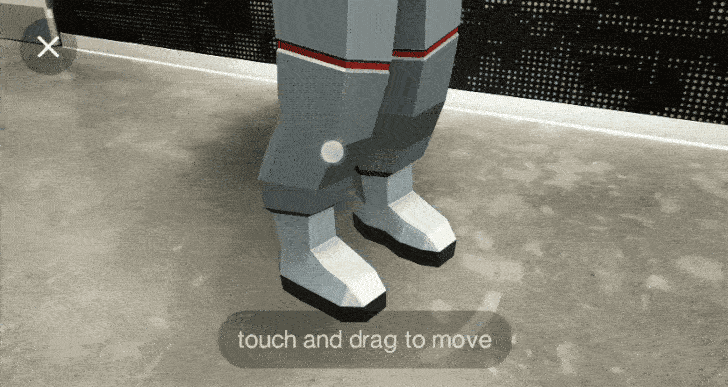The first version of WebVR was announced in early 2016, with both Firefox and Chrome being early supporters. The idea was to bring virtual reality content to the web, with support for all headsets, from Google Cardboard to the high-end Oculus Rift and HTC Vive. The standard continued to evolve for about a year, and Google loved to show if off. But in September of last year in an AMA, the Chrome team said the WebVR API was being reworked to, "support a wider variety of devices."
W3C, the organization that sets standards for the web, announced in December that the in-development WebVR 2.0 API was being renamed to 'WebXR.' The key change with WebXR is support for both augmented and virtual reality technology. Chrome WebVR developer Brandon Jones told Amir Bozorgzadeh (for VentureBeat) in an interview:
"VR is great at giving you a sense of scale relative to yourself, while today’s mobile AR is great at giving you a sense of scale relative to your environment. So imagine you’re looking for a piece of furniture or a TV or something similar for your home. An app built for both VR or AR could let you stand next to the object in VR, at the correct scale, to get a sense for how big it is. The AR side of it could then project that same object into your room to indicate it if will fit the space. Of course, the really exciting point will be when you can do both with a single headset, getting that personal sense of scale and grounding in your environment simultaneously."
For augmented reality content, browsers will use whatever native AR framework the host OS uses. That means AR pages in Chrome will use ARCore, and iOS browsers would use ARKit. WebXR is not yet integrated into Chrome, but Google built an experimental browser with WebXR support for developers to try out. Mozilla made a similar app for iOS.
It will probably be a month or two before WebXR support shows up in Chrome and Firefox. I'll be excited to see what developers can make with it.
Source: VentureBeat

